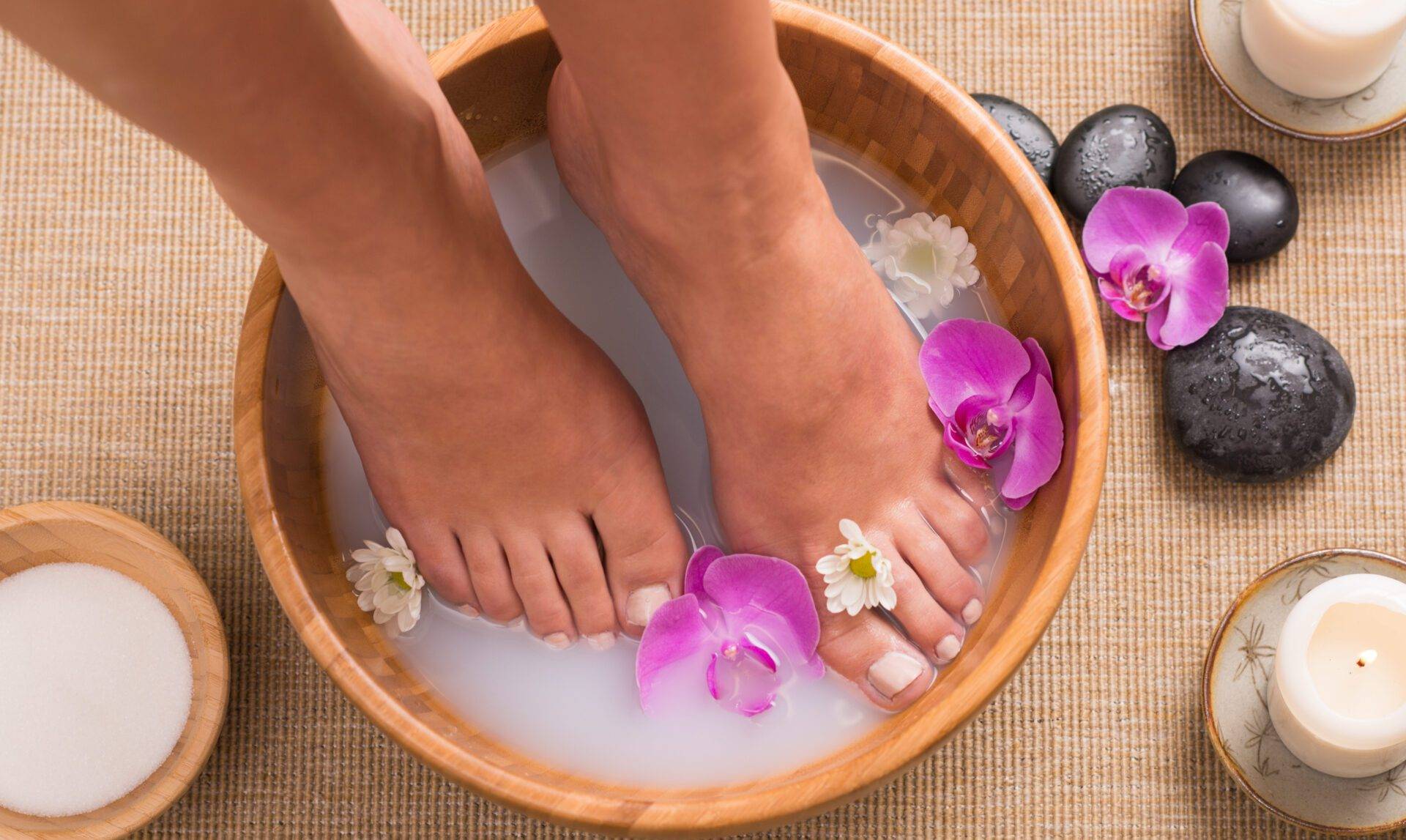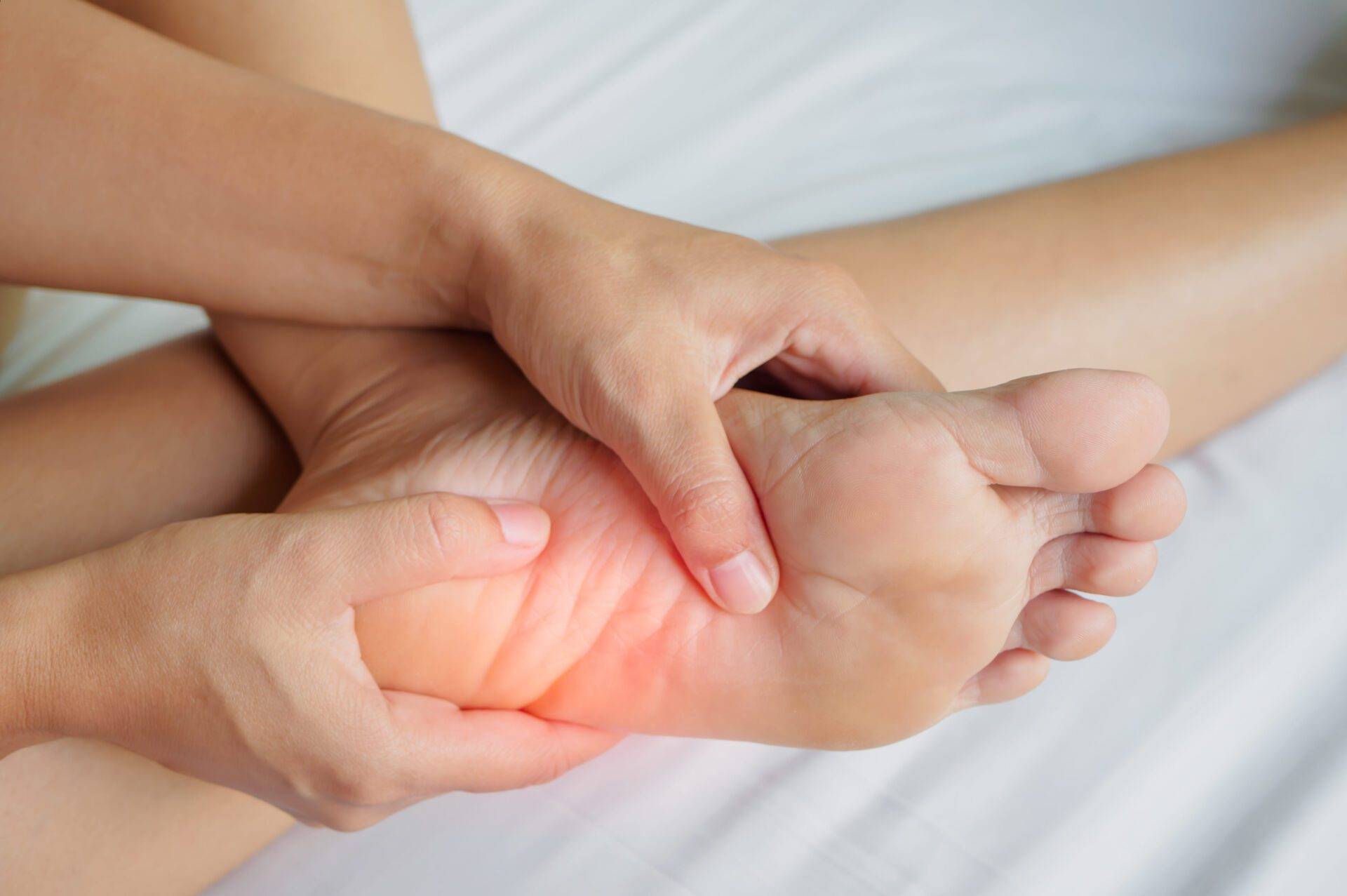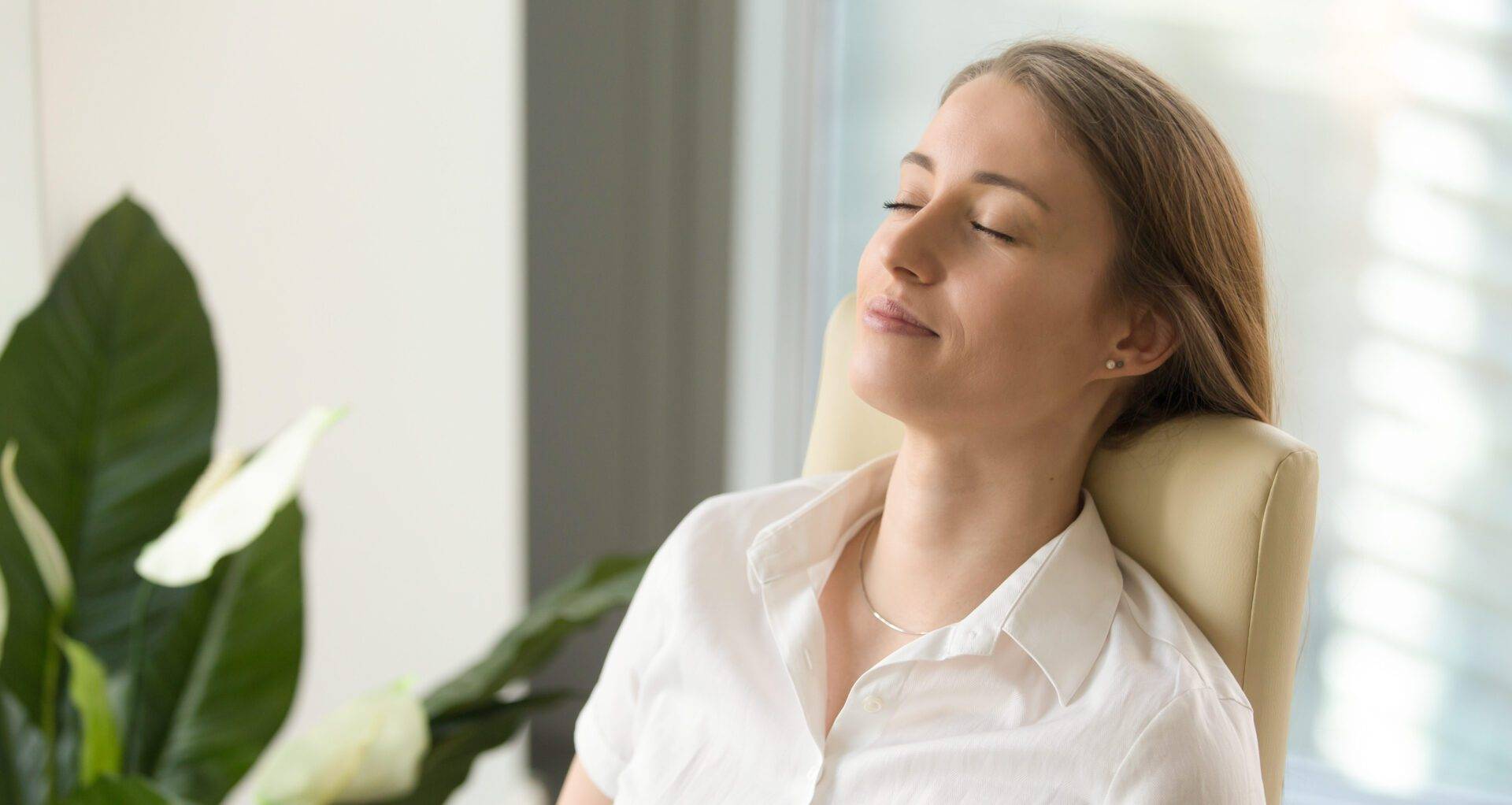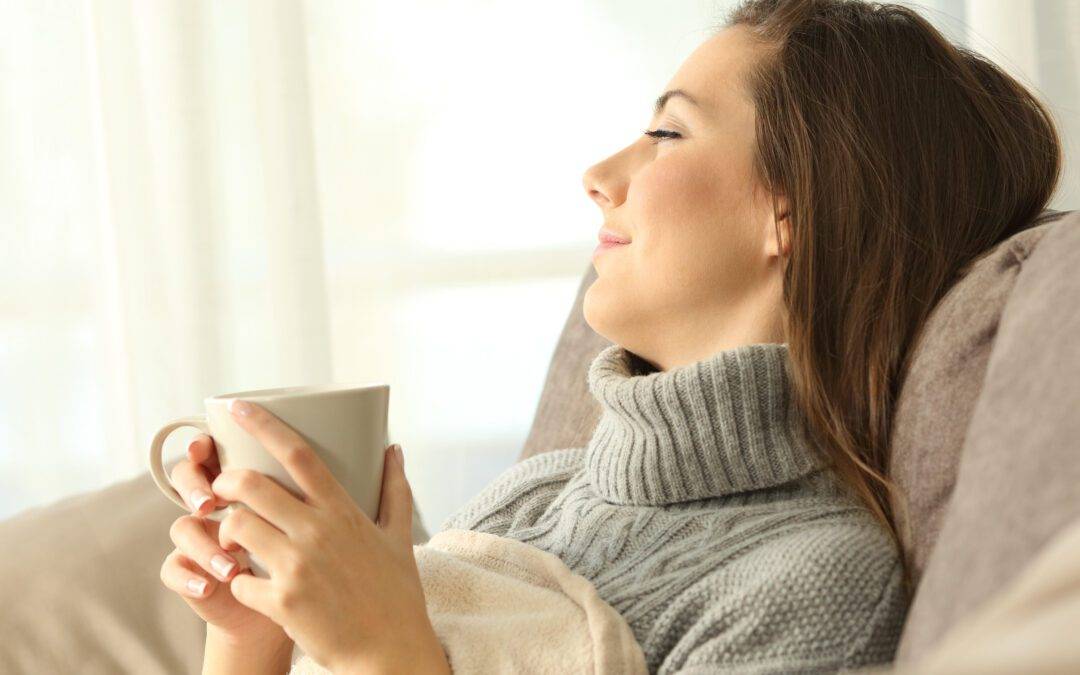By Gillian Scott, RMT
When I moved to this province from Ontario in 2004, the term “shut-in” was used quite often, especially in Cape Breton. There was a television show called Mass for Shut-Ins and it had been helping people for over 50 years. At first, I thought that people were joking with me until I watched the show one Sunday morning, and it was very real! The show was a televised Catholic mass that provided people who could not attend church in person due to various physical health or demographic reasons. Here we are in Spring, 2020, spiritual groups, educators, and all sectors of business are trying to find ways to communicate due to the COVID-19 crisis. In this article, I am hoping to share inspirational thoughts and some home care tips for managing stress and anxiety as we settle into a new way of living.
Interestingly, the Wikipedia page for shut-ins explains a few different roots of the term. The Japanese term for shut-in is Hikikomori: A reclusive adolescent or adult who withdraws from social life. Shut-in: A river that’s naturally confined within a deep, narrow channel. A shut-in: A person confined indoors, especially as a result of a physical or mental health disability.

Hydrotherapy
While we are are following self-isolation or social distancing recommendations, we can continue to nourish our bodies with seasonal local foods, hydrotherapy techniques and remedial exercises as well as self massage/reflexology-type techniques. First, indulge your feet into a warm foot bath for 3-5 minutes, with the water at approximately 36-38 degrees Celsius. Then immerse your feet in cool water no higher than 18 degrees Celsius for about 10 to 15 seconds. You may choose to repeat this cycle three times, up to three times per day. Adding smooth marbles or stones into the baths for gentle stimulation of the soles of your feet may appeal to some. Adding an essential oil such as tea tree, peppermint, or epsom salts are other great options.

Foot Self-Massage
In my practice, I use a technique called Reflexology, which uses massage techniques to help relieve tension, improve blood/circulation, and induce relaxation and rest. The benefits derived from reflexology massage can have a therapeutic effect to help people cope with anxiety and stressful times. The movements are slow, deliberate, and gentle allowing the patient to relax and calm the mind. Several studies indicate that reflexology massage may reduce pain and psychological symptoms such as stress and anxiety. To perform your own version of a self-massage focused on the foot, it’s best to do so immediately after your foot bath. Use a foot lotion with a gentle intuitive touch focused on one specific area of the foot at a time. Common areas of benefit in the foot are around the heel, along the length of the arch of the foot, and in the ball of the foot near the base of the toes. Gentle, circular, and/or back-and-forth motions can help keep the self-massage focused on that particular area for at least 2-3 minutes.

Mindful Breathing
While going through your foot bath and self-massage techniques, it’s helpful to focus on mindful breathing. Breathe deeply – feel the air moving in and out of your lungs. Imagine that the air filling and releasing from your lungs is like clean ocean air or the winds circulating around the healthy natural world. Picture the air moving through the trees or whirling around the ocean. Visualize yourself as a bird, perhaps a dove a symbol of peace, using the currents of air to support your wings as you glide freely and effortlessly through life. Be the delicate beauty of the butterfly, carried to the spot where children are playing, launching their kites, and laughing together. Be the child with all of your fun and awareness of the magic of life. Play with as many air images as you can and imagine your mind being filled with positive healing thoughts. See the air clearing away any obstacles that you currently perceive in your life. Picture it blowing away problems, discharging them completely into the atmosphere, and freshening the environment in which you live, work, and play.
Each and every one of us faces different sets of challenges surrounding the social distancing measures we are all abiding by, particularly around stress and anxiety. Try the above techniques to help you optimize your emotional and mental health during these times of shut-ins. We all need to do our part to help control the spread of COVID-19 and in the words of Stephen McNeil, ” Stay the blazes home!”

